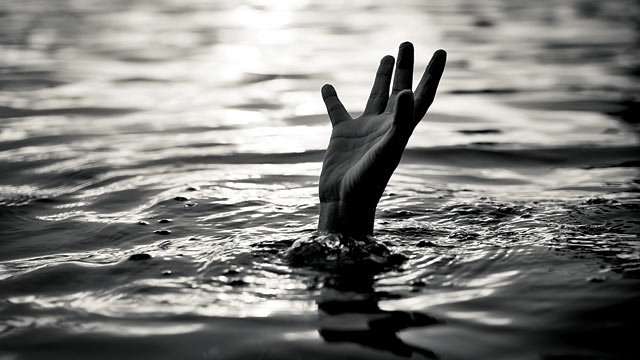A few weeks ago, I had a heart-wrenching conversation with a friend who had lost his grandson to drowning. The news hit me hard, and I could not help but worry about my nephews, who I take to swimming lessons. The thought of these innocent children facing such a tragedy was unbearable.
This incident also reminded me of my cousin, Silas, in the US, who has been fighting for his life for the past two years after a drowning incident. The toll it has taken on him and his mother, who is a single parent, is immense. These incidents made me realize how crucial it is to take drowning prevention seriously. It was time to do some research.
In my research, I stumbled upon World Drowning Prevention Day, designated on the 25th of July each year. It is a day to raise awareness about drowning as a global health issue and highlight the importance of preventive measures. I was surprised by how little attention we give to drowning incidents compared to other tragedies.
Global Statistics
Did you know that drowning is the third leading cause of unintentional injury-related cause of mortality worldwide? Yes! It is! It is one of the top 10 global causes of death in children and adolescents, with children under five years old being most at risk.
Drowning usually happens within 20-60 seconds. It is a fast and silent killer. Drowning is a global under-recognized and neglected public health burden that kills a staggering 320,000 people annually. More than 90% of these deaths occur in low- and middle-income countries with insufficient prevention measures.
According to WHO data published in 2020, drowning deaths in Ghana reached 740. Research conducted by KNUST also found 1449 drowning cases recorded in the last three years.
Consequences
The magnitude of the drowning crisis and its devastating aftermath leave families and communities grappling with unimaginable pain. Take the case of Silas, my cousin, who is still waging a battle for survival, bedridden, enduring the excruciating pain of medications and injections. No one deserves to endure such agony. The repercussions extend beyond physical suffering.
With parents and family members forced to halt work to cope with the emotional turmoil, the burden of financial, emotional, and psychological strains weighs heavily on their shoulders. The trauma experienced by loved ones is profound and long-lasting, leaving an indelible psychological impact on those left behind after a drowning tragedy.
Drowning also places a significant economic strain on our country. The costs associated with search and rescue operations and emergency medical care cannot be calculated. Beyond the immediate financial impact, the loss of human potential is immeasurable. With each child or adult lost to drowning or enduring long-term disability, the nation forfeits valuable human resources that could have contributed to our economy’s growth.
Ensuring the safety of all citizens is vital to harnessing their potential and preserving household income levels, preventing an increased reliance on social support systems.
The urgency to address this critical issue cannot be overstated, for it is not only a matter of preserving lives but also safeguarding the economic prosperity of our nation.
Solutions/suggestions/ What can be done to salvage the situation?
Emphasizing proactive prevention over reactive response is the key to success.
As adults, we often overlook the importance of basic swimming skills and the use of life jackets. Now is the time to introduce our children to swimming, and consider providing training for domestic staff and teachers, empowering them with the knowledge to assist our children in times of need.
Enacting and enforcing water safety policies and legislation is paramount in preventing drowning. For example, The Ghana Swimming Association has been actively advocating for the improvement of swimming pool facilities and safety standards in the country. Ghana must implement acts mandating safety barriers around residential and public pools. Pool owners should ensure comprehensive water safety education before anyone enters the pool.
The Ghana Education Service can play a pivotal role by introducing water safety education programs from crèche to high school, covering water hazards, safe behaviours, swimming skills, CPR, and rescue techniques. Active supervision, physical barriers, pool alarms and signage are essential preventive measures.
Effective community-based interventions, customized to local needs and cultural contexts, have proven highly successful in preventing drowning incidents. Initiatives involving training local lifeguards, establishing water safety committees, and providing swimming lessons have yielded positive outcomes. The Ghana National Aquatic Rescue Unit (GNARU) serves as a prime example, training and deploying lifeguards in communities nationwide, leading to a significant reduction in drowning incidents.
Finally, I recommend that data collection and research on drowning incidents in Ghana be enhanced to better understand the specific risk factors, trends, and demographics involved. This information can help inform targeted interventions and evaluate the effectiveness of prevention measures.
My deepest condolences to all families who have lost loved ones to drowning. And to all families that are providing care to people who survived drowning and are under extensive medical care, I wish you all well.
—
The writer, Sylvia Amponsah, is the Public Relations Officer at the CSIR – Water Research Institute.


Comments are closed.